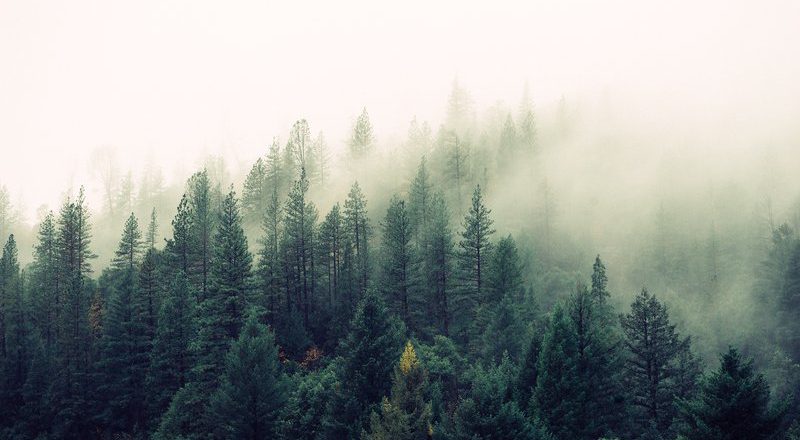After Wildfires Plastic Pipes Are Polluting Drinking Water Systems – It’s A Risk In Urban Fires, Too
When wildfires swept through the hills near Santa Cruz, California, in 2020, they released toxic chemicals into the water supplies of at least two communities. One sample found benzene, a carcinogen, at 40 times the state’s drinking water standard.
Our testing has now confirmed a source of these chemicals, and it’s clear that wildfires aren’t the only blazes that put drinking water systems at risk.
In a new study, we heated plastic water pipes commonly used in buildings and water systems to test how they would respond to nearby fires.
The results, released Dec. 14, show how easily wildfires could trigger widespread drinking water contamination. They also show the risks when only part of a building catches fire and the rest remains in use. In some of our tests, heat exposure caused more ...

